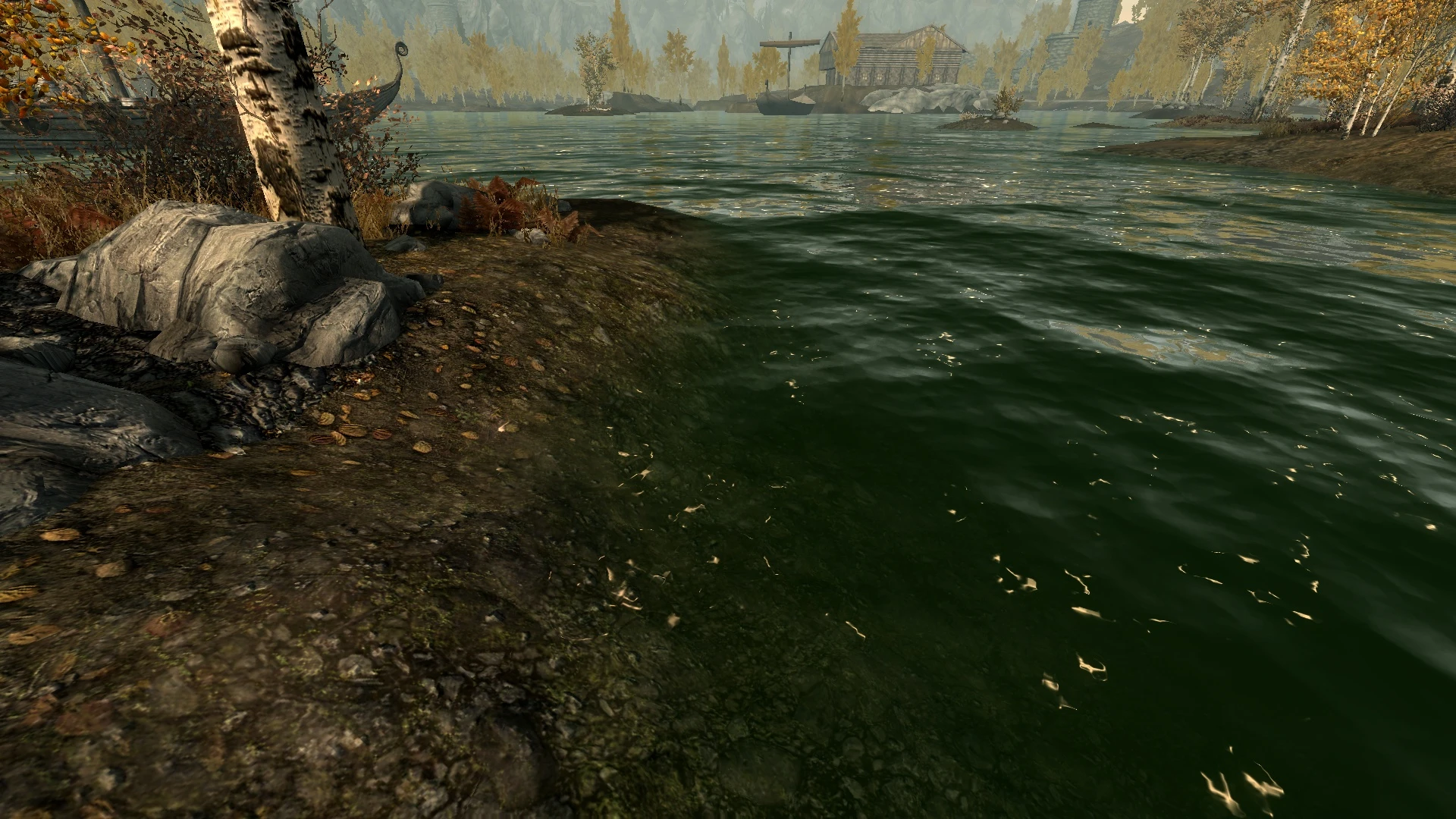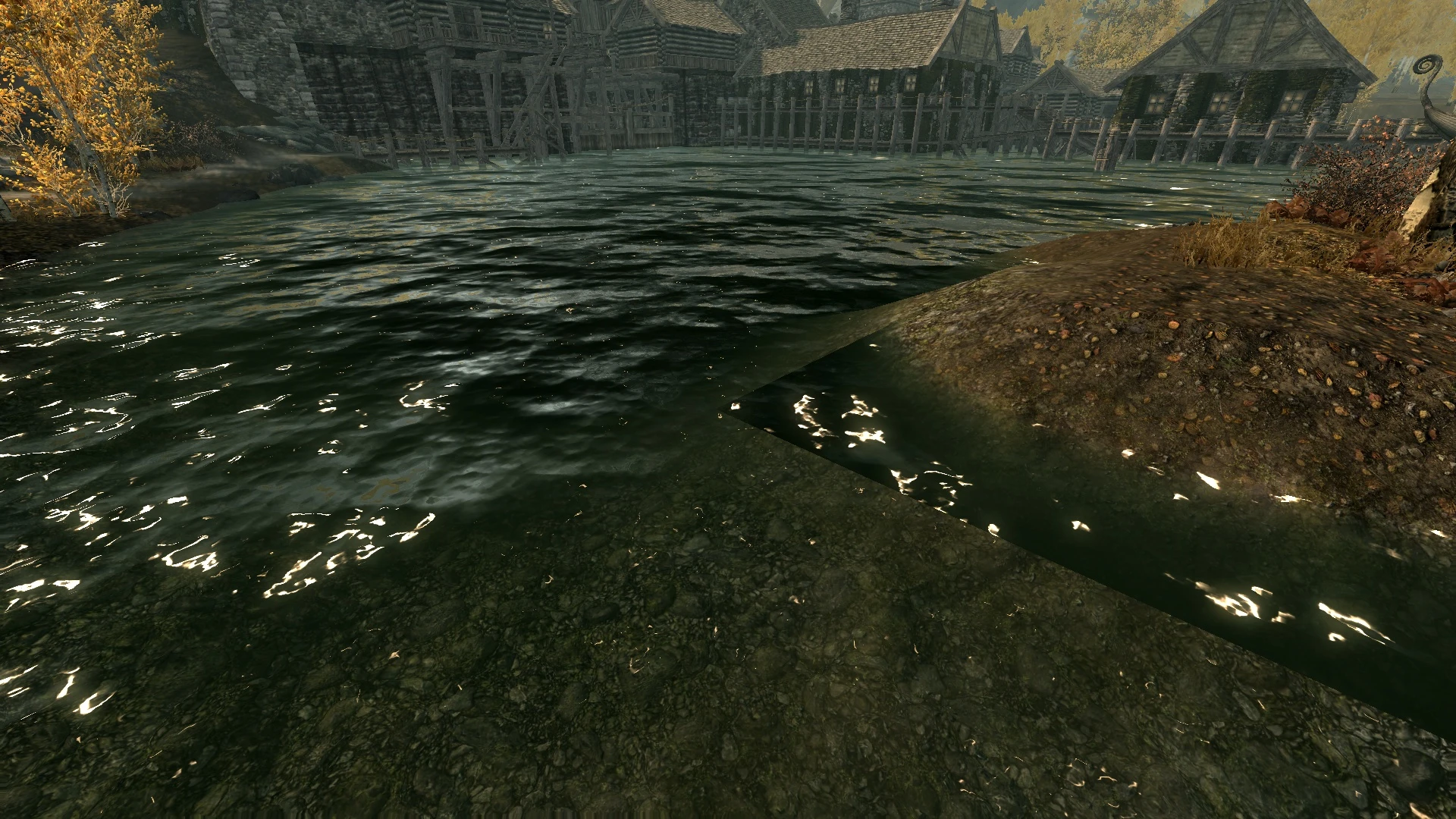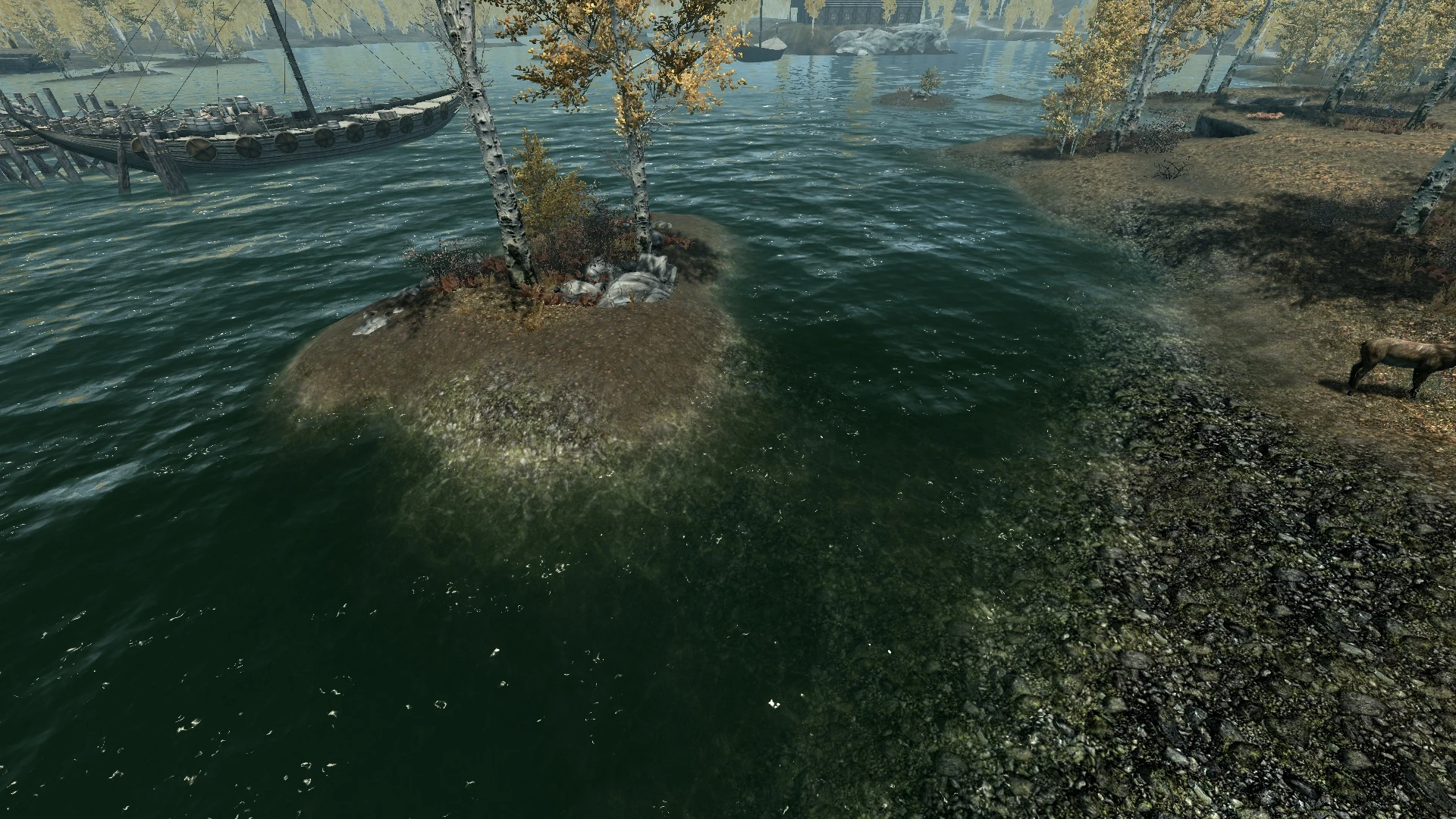Alenet
Newcomer
I worked on Oblivion Reloaded - OBGE v4 rewriting totally a new version of the Ethatron's plugin.
I am working now on modding Skyrim creating the Skyrim Reloaded - SKGE (a first version is already online).
The plugin is able to inject/replace the vanilla game shaders by custom ones but i need to rebuild the vanilla HLSL shaders before modifying them.
I dumped the Skyrim shaders (more then 800) and disassembled them.
Now i need to rebuild the source code (they are DX9 shader model 3).
How can i do that by a tool that create at least a pseudo HLSL code (then i adjust it)? I am not able to find a tool to "convert" the asm to the HLSL (the Oblivion shaders were been decompiled by Ethatron).
I tried to take one of the water shader and "converted" the asm to HLSL manually one line per line replacing each the asm instruction with its relative HLSL istruction, but when i compile it and put it in the game the result is not the same (while if re-assemble the disasmed the result is correct).
I noticed also that if i disassemble the compiled HLSL the disassembled code is different from the original disassembled code. The HLSL seems correct (registers, variables, etc) but not the result.
Any suggestion?
I am working now on modding Skyrim creating the Skyrim Reloaded - SKGE (a first version is already online).
The plugin is able to inject/replace the vanilla game shaders by custom ones but i need to rebuild the vanilla HLSL shaders before modifying them.
I dumped the Skyrim shaders (more then 800) and disassembled them.
Now i need to rebuild the source code (they are DX9 shader model 3).
How can i do that by a tool that create at least a pseudo HLSL code (then i adjust it)? I am not able to find a tool to "convert" the asm to the HLSL (the Oblivion shaders were been decompiled by Ethatron).
I tried to take one of the water shader and "converted" the asm to HLSL manually one line per line replacing each the asm instruction with its relative HLSL istruction, but when i compile it and put it in the game the result is not the same (while if re-assemble the disasmed the result is correct).
I noticed also that if i disassemble the compiled HLSL the disassembled code is different from the original disassembled code. The HLSL seems correct (registers, variables, etc) but not the result.
Any suggestion?




